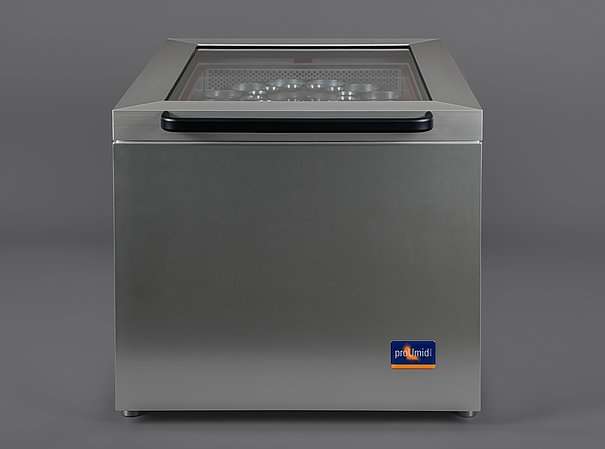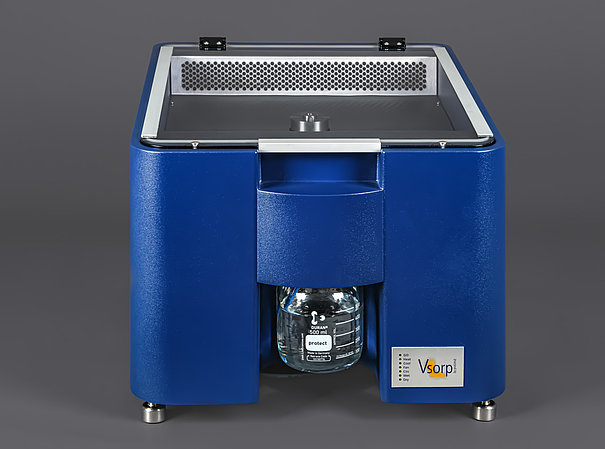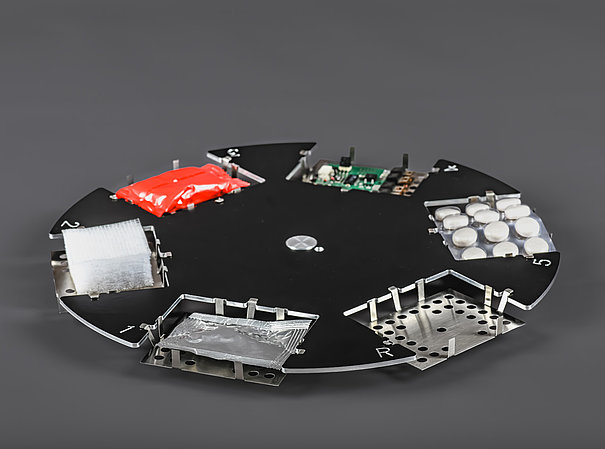Building Materials
The term “building material” covers a large group of different materials such as concrete, plaster, ceramics, wood, materials for moisture/thermal insulation as well as paints and varnishes. This heterogeneous group of materials is used in many different areas. Examples are construction, interior design or renovation of buildings. The interaction of these materials with water plays an important role in assessing the suitability of a material for a specific application.
In this context, dynamic water vapor sorption measurements are an effective tool. Results provide helpful information about the material behavior under certain environmental conditions with respect to temperature and humidity. In Research & Development, DVS analyses help to adapt new product formulations. Furthermore, ageing processes can be simulated under accelerated test conditions in order to estimate the durability of a material. In particular for building materials, proUmid provides large sample dishes as well as a “Large Object-Kit”, a special sample carousel, to allow representative sample sizes and quantities.
Application Notes
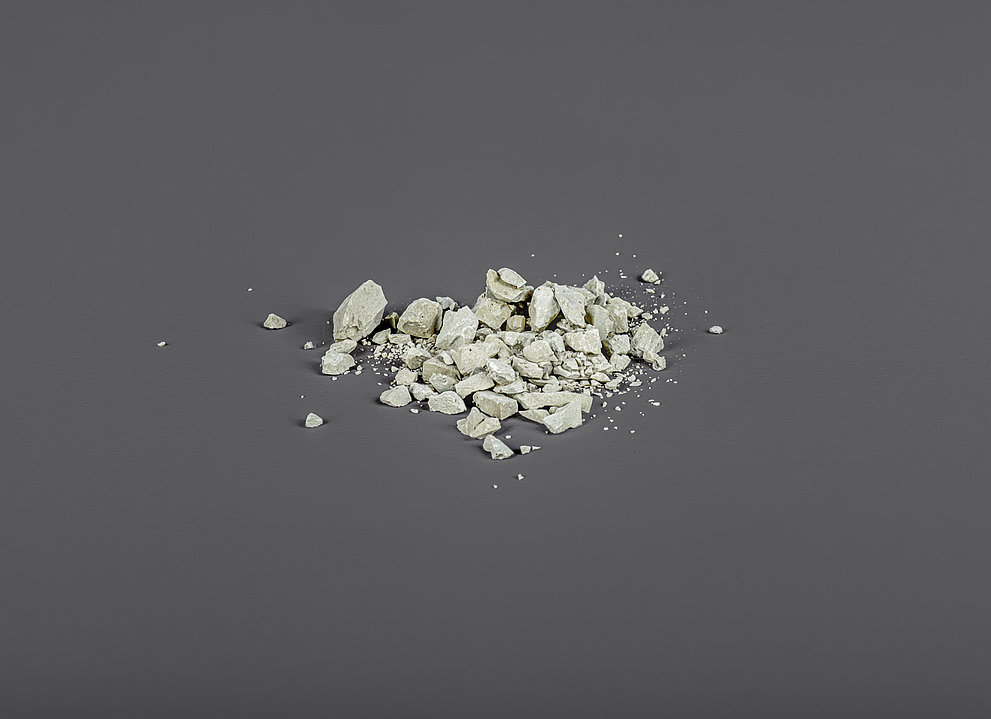
Water Vapor Sorption of Plaster
Water vapor sorption behavior of several plaster materials was measured (see Application Note 20-07). Measurements were performed in a Vsorp basic using the large sample dishes. Clear differences were found in their sorption behavior. This illustrates the importance of adapting the plaster formulation to the requirements of the intended use.
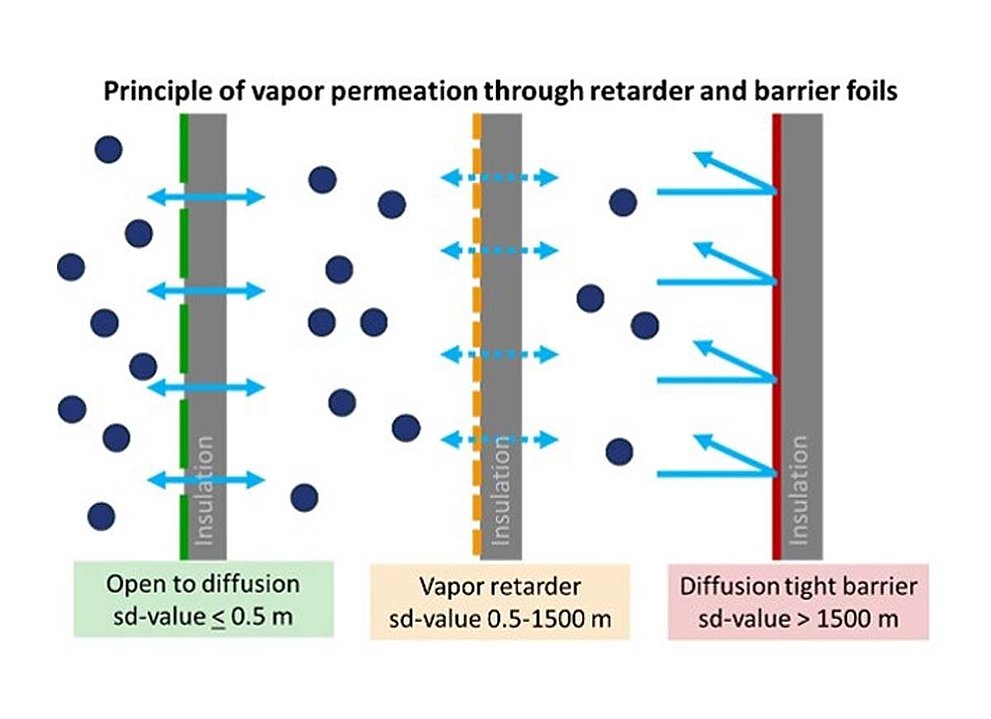
Water Vapor Permeability of Barrier Foils
Moisture control and management are very important in the construction and planning of buildings. Vapor barriers and vapor-retarding films play an important role here. By controlling the transport of water vapor, such film systems influence the humidity in a building. This ensures a pleasant indoor climate and moisture-related damage to the building fabric and mold growth can be avoided. Application Note 24-02 shows the use of proUmid sorption test systems in combination with the Permeability Kit to determine the characteristic parameters of this type of materials, such as WVTR and sd-value. With the help of these analyses, these properties can be specifically adjusted during the development of such materials and optimized for the respective application.
Literature References for Building Material Applications with the proUmid DVS Instruments
S. Godts et al. „Modeled versus Experimental Salt Mixture Behavior under Variable Humidity.“ ACS Omega. 9, 2024, 20454–20466. DOI
Farjallah Alassaad, et al. „Impact of phase change materials on lightened earth hygroscopic, thermal and mechanical properties.“ Journal of Building Engineering 41, 102417, 2021. DOI
Ferhat Benmahiddine, et al. „Effect of flax shives content and size on the hygrothermal and mechanical properties of flax concrete.“ Construction and Building Materials 262, 120077, 2020. DOI
Tuan Anh Phung, et al. „Hygrothermal Behaviour of Cob Material.“ Earthen Dwellings and Structures. Springer, Singapore, 345-356, 2019. DOI
Sandro Weisheit, et al. „Assessment of test methods for characterizing the hydrophobic nature of surface-treated High Performance Concrete.“ Construction and Building Materials 110, 145-153, 2016. DOI
Horst Stopp, et al. „Passive hygrische Klimatisierung.“ Bauphysik 38, 50-61, 2016. DOI

